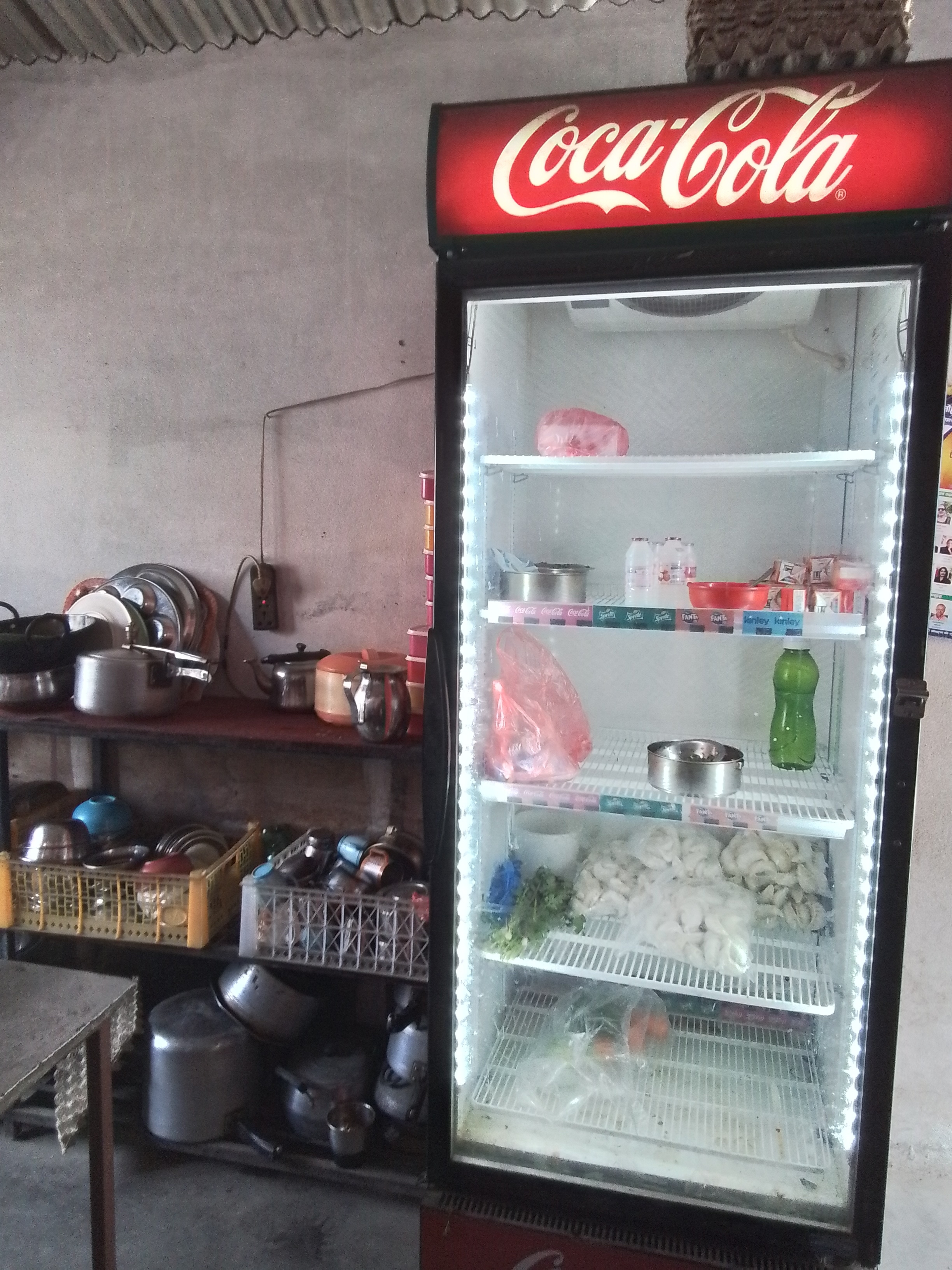Final ID: P1112
Improving School Food: A Novel Tool to Identify Priorities for Effective Policy Change in Nepal School Environments
Abstract Body: In Nepal, four noncommunicable diseases (NCDs) (cardiovascular disease, cancer, chronic respiratory disease, and diabetes) account for over half of total mortality. Diet is a modifiable risk factor for NCDs. 97% of the population in Nepal consumes insufficient fruit and vegetables and ultra-processed food consumption is rising. Nepal’s Multisectoral Action Plan for the Prevention and Control of NCDs (2021–2025) sets a goal of 25% reduction in NCD-related mortality. WHO endorses healthy public food procurement and service (HPFPS) policies to reduce NCDs. In Nepal, a novel tool based on translating WHO nutrition guidance into procurement standards was used to evaluate school eating environments prior to HPFPS policy implementation.
To evaluate this natural experiment, data collectors visited all schools subject to HPFPS policy in three municipalities in 2024. The tool was used to conduct one-day structured observations of school food environments. Data was summarized using median and interquartile range (IRQ) for continuous variables and percentages and frequencies for categorical variables.
Among 249 schools, 84% were private, 12% were government, and 4% were community. Schools had a median 305 (IQR 100-500) students enrolled. All schools had an onsite kitchen, and 94% served meals and snacks six days per week. 95% prepared and served set meals; children selected an additional snack in 45% of schools. 82% had a planned menu, which was usually set daily or weekly (59% and 12% of all schools). 1% used standard recipes and 4% conducted nutritional analysis. Sugar-sweetened beverage marketing was found in 3% of schools, located on refrigerators.
Using a novel tool based on translating WHO nutrition guidance into procurement standards, we found that all schools in the sample prepared meals in a central kitchen, offering a distinct point of intervention. Most schools had a fixed menu, but few used standardized recipes or conducted nutritional analysis, a potential point of policy implementation support. Policies could target set meals and snack options to enhance their nutritional quality. Among the limited number of schools that displayed marketing, all were sugar-sweetened beverages located on refrigerators. Consistent with WHO recommendations on marketing to children, policies should prohibit advertisements and branded equipment. Use of a novel tool within Nepal schools was effective in highlighting priority areas to inform policy development and implementation.
To evaluate this natural experiment, data collectors visited all schools subject to HPFPS policy in three municipalities in 2024. The tool was used to conduct one-day structured observations of school food environments. Data was summarized using median and interquartile range (IRQ) for continuous variables and percentages and frequencies for categorical variables.
Among 249 schools, 84% were private, 12% were government, and 4% were community. Schools had a median 305 (IQR 100-500) students enrolled. All schools had an onsite kitchen, and 94% served meals and snacks six days per week. 95% prepared and served set meals; children selected an additional snack in 45% of schools. 82% had a planned menu, which was usually set daily or weekly (59% and 12% of all schools). 1% used standard recipes and 4% conducted nutritional analysis. Sugar-sweetened beverage marketing was found in 3% of schools, located on refrigerators.
Using a novel tool based on translating WHO nutrition guidance into procurement standards, we found that all schools in the sample prepared meals in a central kitchen, offering a distinct point of intervention. Most schools had a fixed menu, but few used standardized recipes or conducted nutritional analysis, a potential point of policy implementation support. Policies could target set meals and snack options to enhance their nutritional quality. Among the limited number of schools that displayed marketing, all were sugar-sweetened beverages located on refrigerators. Consistent with WHO recommendations on marketing to children, policies should prohibit advertisements and branded equipment. Use of a novel tool within Nepal schools was effective in highlighting priority areas to inform policy development and implementation.
More abstracts on this topic:
Estimating Resting Metabolic Rate in Youth with Obesity and Elevated Blood Pressure
Moore Jafar-i, Vizthum Diane, Brady Tammy
Association of County-Level Labor Force Participation During Childhood and Cardiovascular Health in Young AdulthoodArdehali Mariam, Shah Nilay, Gauen Abigail, Kershaw Kiarri, Zheng Veronica, Bolakale-rufai Ikeoluwapo, Goldman Noreen, Notterman Daniel, Lloyd-jones Donald, Allen Norrina


